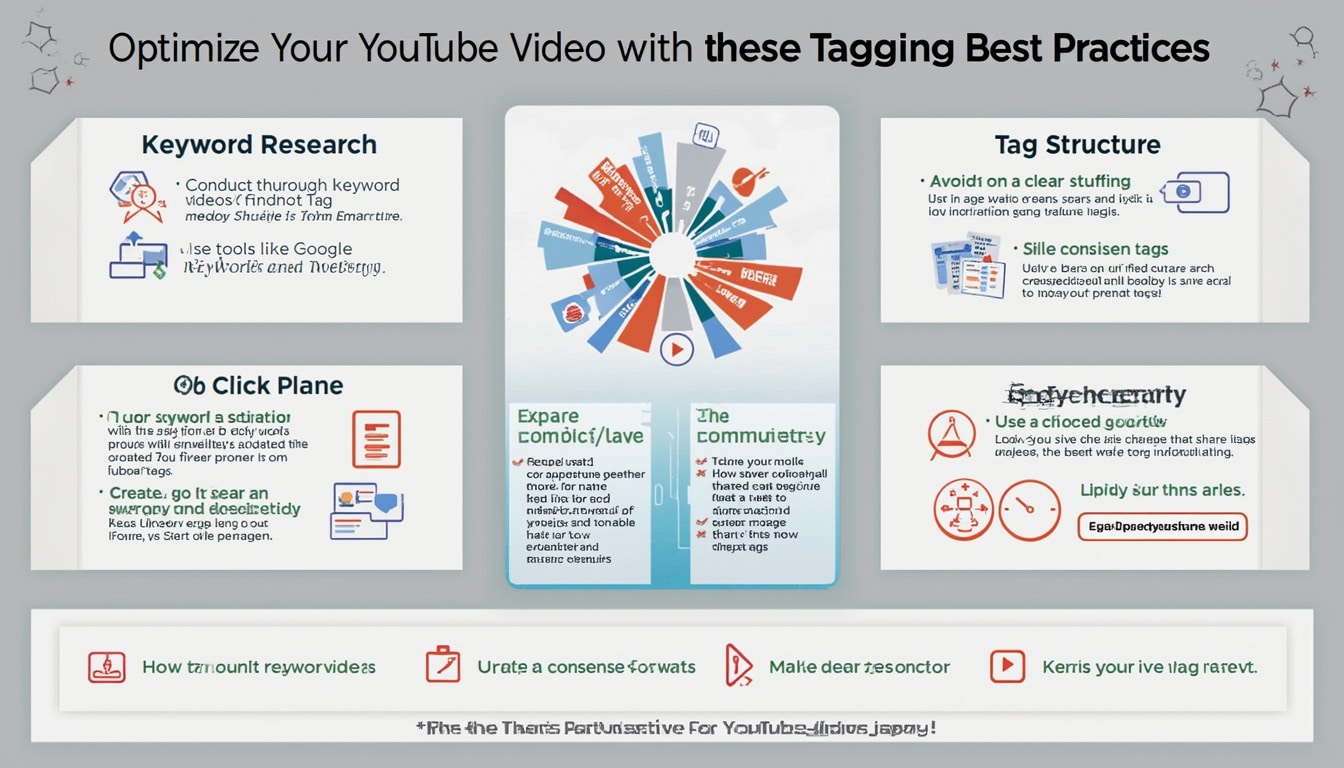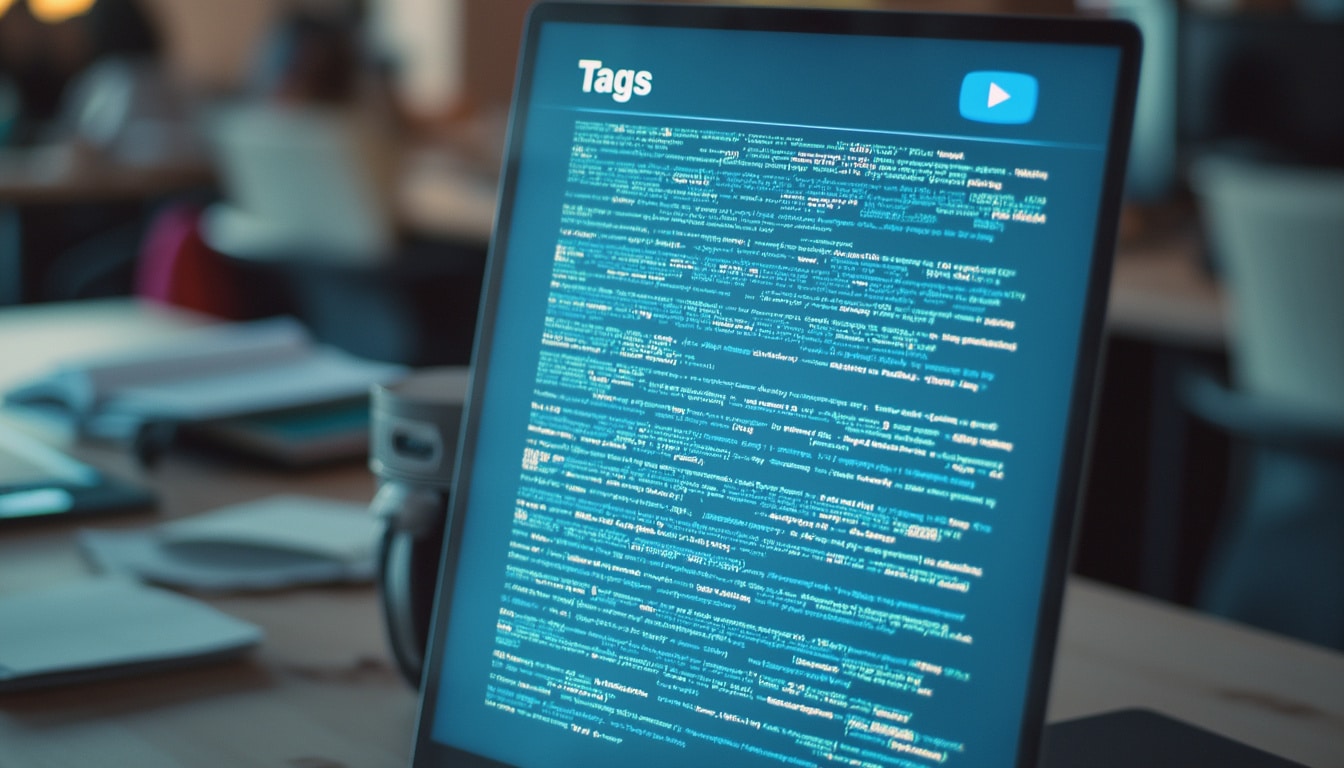When it comes to navigating the vast landscape of YouTube, one term that continuously pops up is tags. Tags play a crucial role in helping videos get discovered, but they can also lead creators down a treacherous path if not handled correctly. Understanding which tags are acceptable—and which are forbidden—can make the difference between a thriving channel and severe penalties. YouTube’s policies and guidelines are ever-evolving, and staying informed is essential.
Tags are essentially metadata that help categorize your video content and make it easier for viewers to find. However, flatout deception or spam tactics, like using forbidden tags, can result in videos being taken down or channels facing severe restrictions. Since YouTube’s platform aims to keep content relatable and safe, participants in this dramatic realm should tread carefully.
The Role of Tags on YouTube
Tags are primarily used during the upload process to identify the content of videos and suggest them to viewers. While YouTube prioritizes titles and descriptions, tags provide additional information to enhance searchability. By using relevant tags, creators can increase their chances of appearing in search results and recommendations. But just as you can use them to promote your content, failing to comply with guidelines can lead to detrimental effects.
How Tags Affect Visibility
When creators use relatable tags, they help the YouTube algorithm understand the video’s content. This can lead to better visibility when potential viewers search for relevant topics. However, using misleading or unapproved tags can disrupt this process.
Safe Practices for Using Tags
In general, YouTube allows creators to use tags to enhance their content’s discoverability. It’s best practice to focus on relevant keywords that are directly related to your video’s subject matter. Researching popular keywords in your niche can help identify effective tags that lead viewers to your videos.

Forbidden Tag Practices
Knowing what not to do is as important as knowing the accepted practices. YouTube has a strict policy against forbidden tags, including misleading, deceptive, or irrelevant ones. Here, we dive into the specific practices that can get your channel into hot water.
Misleading Metadata and Tags
One of the most common pitfalls is using misleading metadata or tags. This occurs when the tags don’t represent the video’s actual content. For instance, tagging a cooking video with unrelated terms like ‘gaming’ or ‘finance’ can result in penalties.
Tag Stuffing
Including an excessive number of tags—often referred to as tag stuffing—is not only pointless but potentially harmful to your channel. YouTube limits the total number of characters for tags, and stuffing too many can dilute their effectiveness and lead to visibility issues.
Guidelines on Tag Usage
So, which guidelines should you follow to ensure smooth sailing with your YouTube tag usage? Keeping current with the community guidelines is key. Here are some significant rules you should abide by when adding tags to your videos:
Stay Relevant
Your tags should always reflect your content. For example, if your video covers a specific recipe, tags should include relevant terms related to cooking, ingredients, and dietary restrictions. This practice aligns with YouTube’s policies and helps ensure viewers are appropriately matched with your content.
Avoiding Deprecated Tags
Be cautious about using tags that may become irrelevant or deprecated. This includes widely-used terms that have become over-saturated or outdated. Regularly assess your tags, especially if your video type or niche evolves.

Potential Consequences for Violating Tag Rules
Understanding the repercussions of misusing tags can be a wake-up call for many creators. The consequences can range from reduced visibility to outright bans or penalties that prevent you from uploading new content.
Video Removal
If YouTube detects that your tags are misleading or inappropriate, it may remove your video altogether. This action can eliminate hours of work and impact your channel’s credibility.
Channel Strikes and Termination
The most severe consequences occur if a creator repeatedly breaks the rules. Channel strikes can lead to suspension and, after three strikes within 90 days, can even result in complete termination of your channel. The emotional and financial impact on creators can be significant.
The Importance of Staying Updated
YouTube continuously updates its policies, and understanding these changes is vital for any content creator. What worked months ago may no longer be permissible.
Following YouTube’s Updates
Staying updated with YouTube’s policies can be as simple as subscribing to their official blog or following YouTube-related channels that discuss changes and best practices. Regularly reviewing your own videos and tags also helps you stay in line with the latest rules.
Community Resources
Utilizing community forums, webinars, and discussions around tag usage can also provide insights that keep you informed. Other YouTube creators often share their experiences dealing with tags, creating a communal knowledge bank.

Final Thoughts on YouTube Tags
Effective tag usage can greatly enhance your video’s visibility and reach on YouTube, while missteps can lead to serious consequences. Understanding which tags are forbidden, following YouTube guidelines, and consistently updating your practices is essential for a healthy channel. The realm of YouTube is constantly changing, and your adaptability as a creator may just be your biggest asset.
Ultimately, prioritize authenticity and relevance in your video tagging strategy for achieving long-lasting success on the platform.
For creators, understanding the landscape of YouTube’s policies can make a world of difference. Dive into the aspects of forbidden tags and secure your channel’s future while captivating audiences with engaging content!
